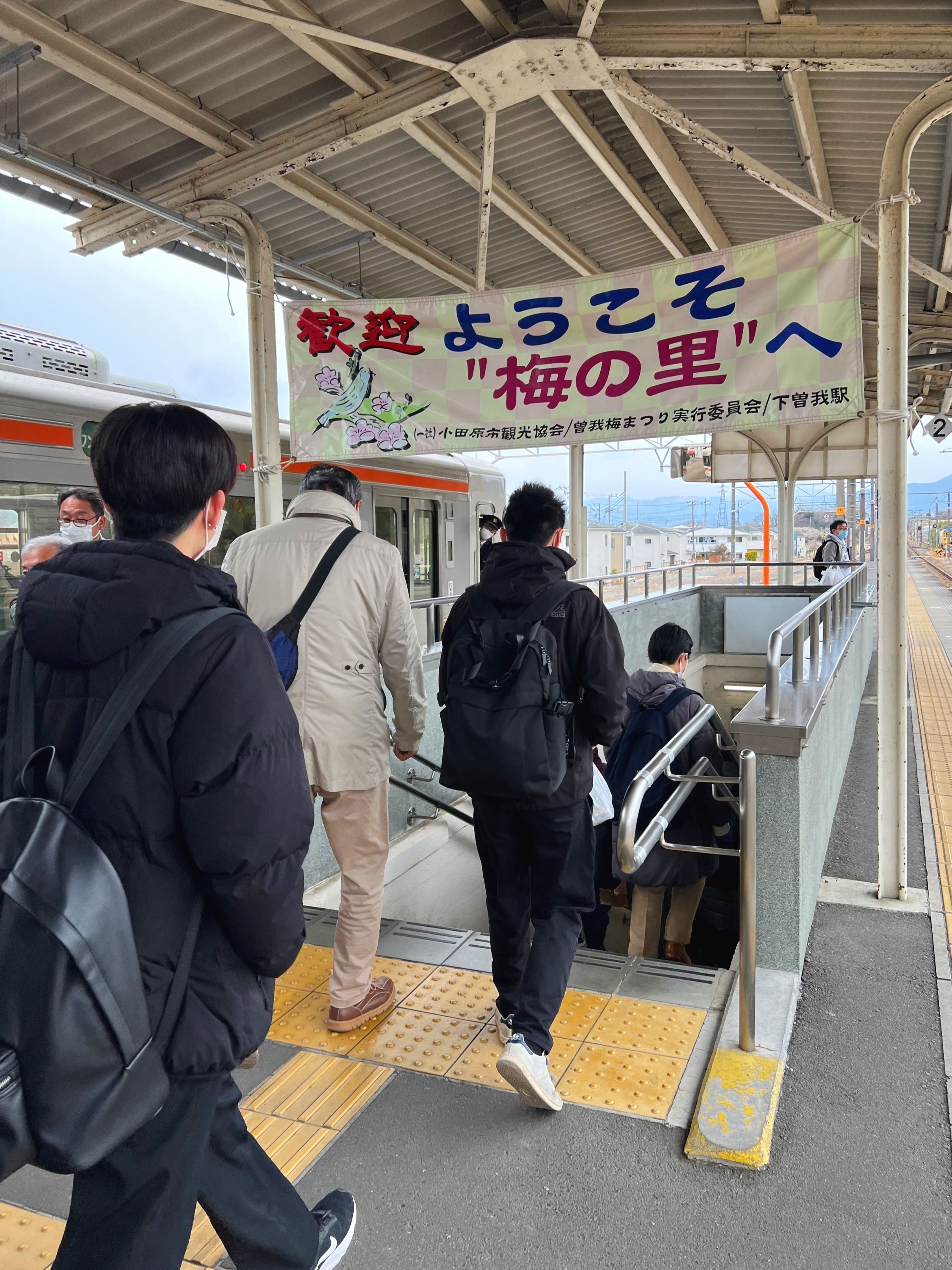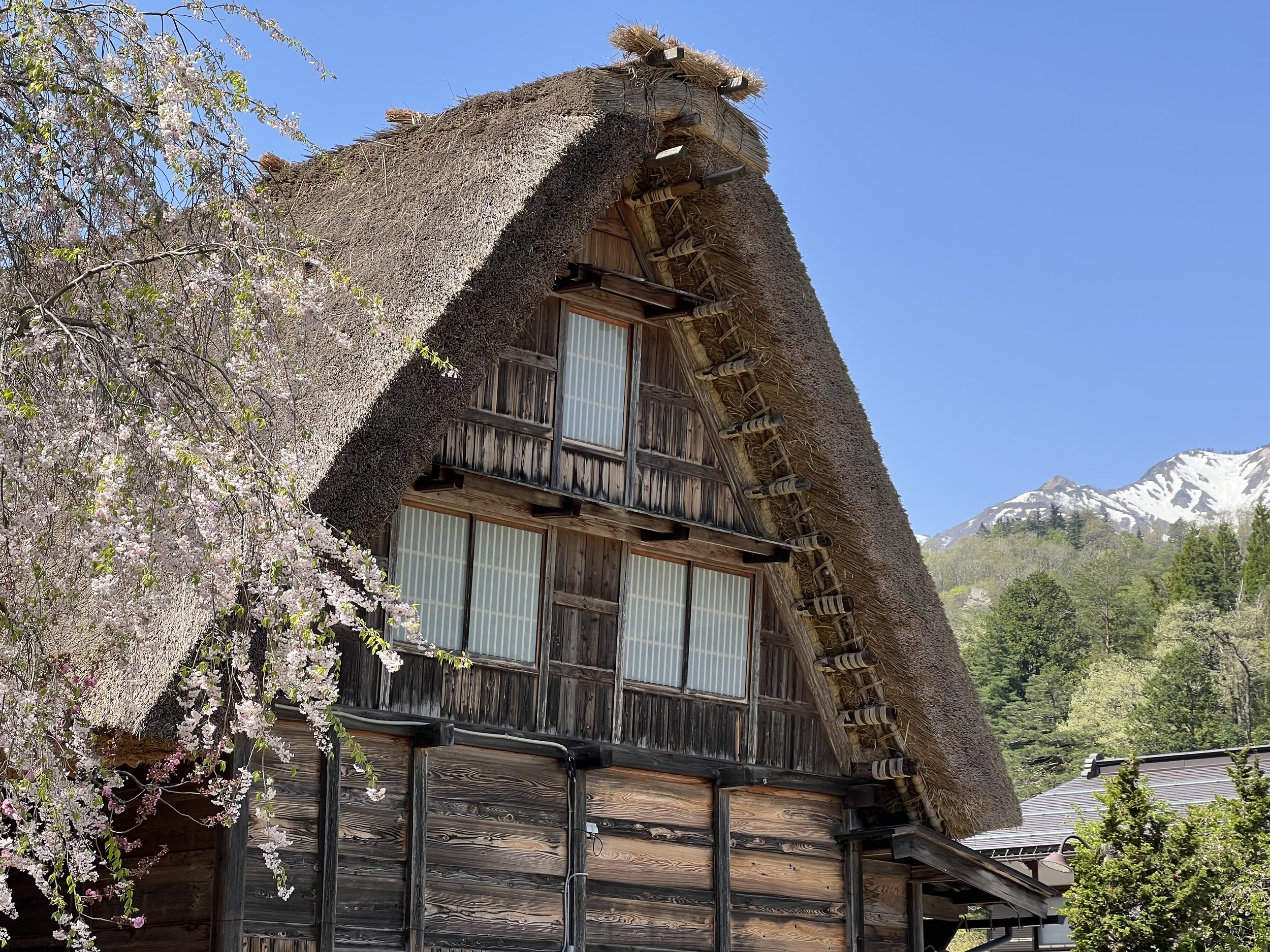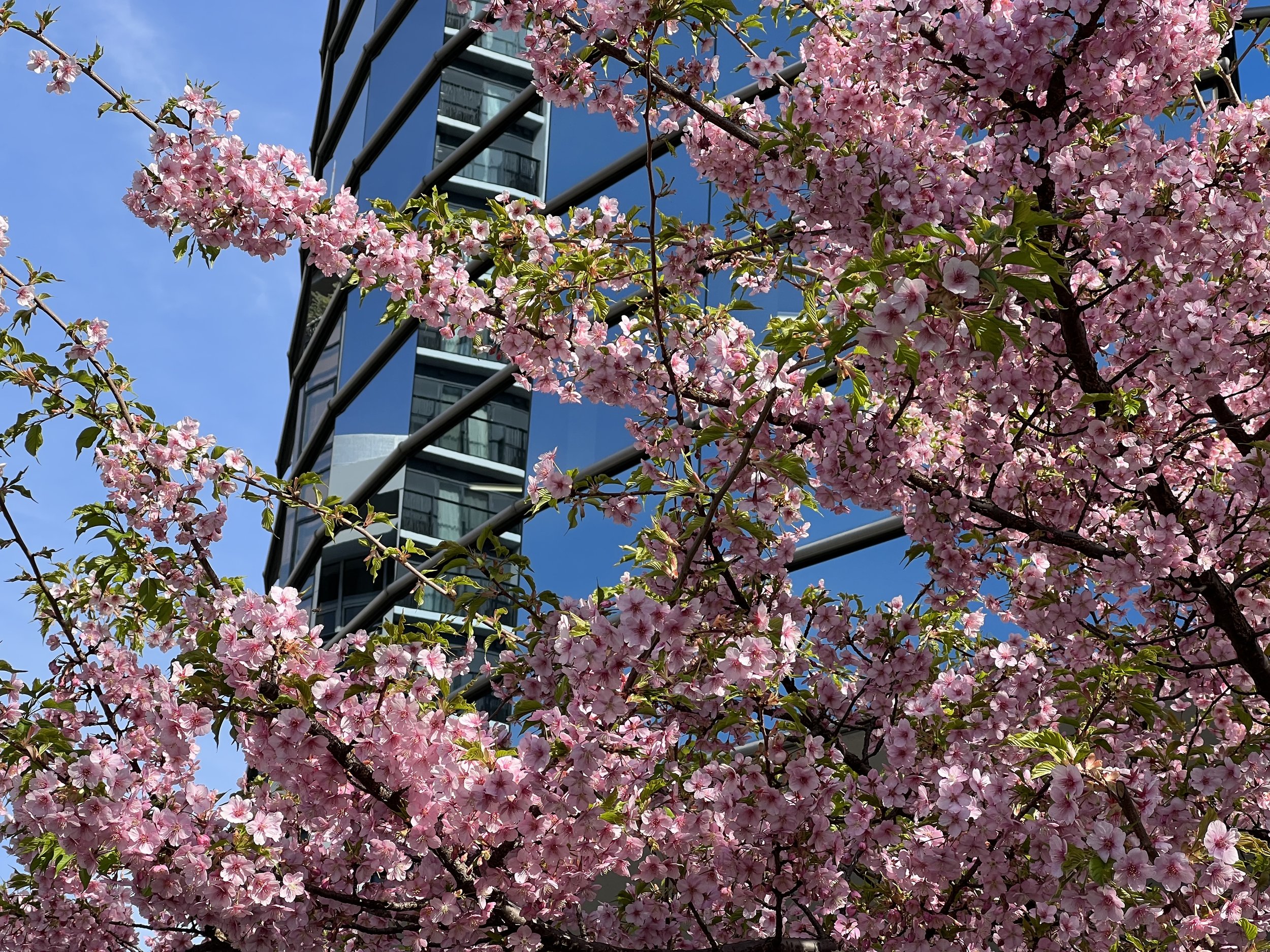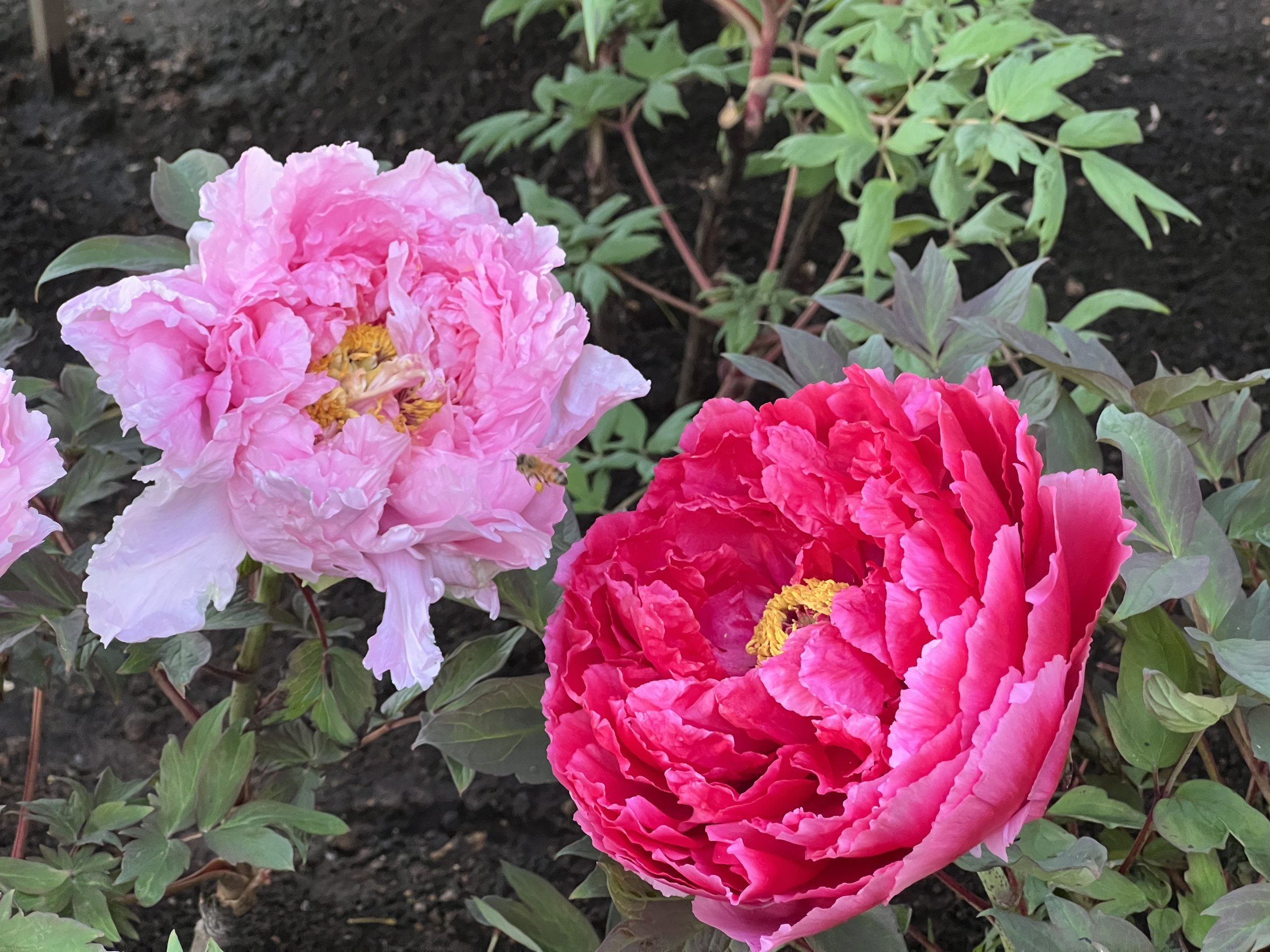Amazing Plum Blossoms Near Tokyo: the Soga Plum Festival
In this article, I would like to share with you my favorite Ume matsuri (plum blossom festival) near Tokyo. The Soga Plum Festival is held every year in February to celebrate the blossoming of the 35,000 plum trees located in the area. Also known as the Odawara Plum Festival because it is located in the north-eastern part of Odawara, it is easily reached by train from central Tokyo in over an hour, and makes an original day-trip idea from Japan’s capital city in February.
Plum or ume (梅) cultivation in the area goes back to more than 600 years ago and was encouraged during the Edo period by the Okubo clan, the lords of Odawara. The area, called Soga Bairin (曽我梅林), produces edible plums, used for instance to make umeboshi (梅干し), Japanese pickled plums known for their intensely sour and salty taste, or umeshu (梅酒), a plum liquor which is by far my favorite Japanese alcohol.
If you are visiting on a sunny day, you may be granted with a breathtaking landscape of plum blossom with Mount Fuji in the background. It was cloudy and rainy when I went, so I could only rely on my imagination to picture such view, but I had a great time all the same!
A Glimpse of the Soga Plum Festival
When you arrive at Shimo-Soga station (details of how to get to the festival can be found below), you will be welcomed by signs inviting visitors to join the festival. Next to the station, you can start your journey with a stop at the Odawarashi Umenosato Center (小田原市 梅の里センター) where you can find local plum specialties.
Shimo-Soga Station
Odawarashi Ume-no-sato Center
I still remember the strong sweet fragrance that surrounded me as I followed the arrows pointing the way through the plum fields to the festival. It’s about a 15-minute walk from JR Shimo-Soga Station to reach Soga Bairin, but it is actually hard to tell when the festival starts as you will be surrounded by plum trees shortly after leaving the station.
Most of the plum trees planted at Soga Bairin have white flowers, but there are also may red and pink plum trees, as well as some with weeping branches (known as shidare-ume).
I had a lot of fun taking photos while walking around and I ended up with so many that I decided to put my favourite ones in another blog post Soga Plum Festival: 10 Photos to Make You Want to Go.
I was very surprised by the size of Soga Bairin. I must have stayed for about 1h30 at the festival, but I only walked through a small part of the plum forest. No wonder there are several hiking courses in the area. I told myself that I ever went again, I would definitively spend a day exploring Soga-no-Sato and do some of these hikes. Here is a map (in Japanese) that I found on the Odawara city’s website in case you are interested.
And of course, you cannot go to a Japanese festival without stopping off at its food stalls and shops! You can buy a variety of local products from local farmers such as pickled plums, mandarin oranges, citrus fruits, plum bonsai, pickles, jams… Japanese street food and beverages such are oden, tempura soba/udon/soba, dango, taiyaki and amazake are also sold, and you can enjoy your meal under the plum blossoms. It is probably busier at weekends, but as I visited on a weekday, it really wasn't crowded at all.
Special events, such as a Kotobuki Lion Dance, traditional music as well as a ninja show, are also organized on the weekends of the festival.
Nearby, you can also visit some local temples and shrines, such as Horenji, known as the burial place of the Soga brothers' mother (the Soga brothers are the main characters in a well-known revenge story in Japanese popular culture).
Event Information
Address: Soga Plum Grove, Odawara-shi, Kanagawa Prefecture
Dates of the festival: 1-24 February 2025
Shops’ opening hours: 9:00 to 15:00
Entry: Free
Official website (in Japanese): https://www.soganosato.com
Festival map (in Japanese) : https://www.soganosato.com/images/2025MAP.pdf
How to Get There
The closest train station to the Soga Plum Festival is Shimo-Suga station.
If you are coming from Tokyo, you can take a local train going to Atami on the Ueno-Tokyo line and change at Kozu station to take a train on the Gotemba line to Shimo-Suga station. A one-way trip cost ¥1,340 and takes about 1 hour and 20 minutes.
For the return journey, instead of walking back to Shimo-Suga station, depending on the time schedule, it may be better to take a local bus from the "Shimo-bessho" stop, next to the festival site, to Kozu station. There will be extra buses during the festival, and you can check the bus time schedule for the 2024 festival here (in Japanese only).
To Conclude
I highly recommend this plum festival near Tokyo to all flower lovers! I'd never seen so many plum trees in my life and I had a great time at this festival, which seems to be little known to foreigners and is a great opportunity to have an authentic experience of Japanese countryside and of a seasonal festival. If you decide to go, you can also visit the nearby town of Odawara, where you can also see plum trees in its castle park (I'll be writing an article dedicated to Odawara in the future).
If you like plum blossoms, you may also be interested in my article “A Walk in Setagaya: Plum Blossoms and Lucky Cat Temple”, with a walking itinerary to discover a lesser-known part of Tokyo.
Found this article helpful? Buy me a coffee. 😊
Want to stay in touch? Subscribe to my monthly newsletter (with latest articles, updates, travel tips and more...) delivered straight to your inbox. 📩















